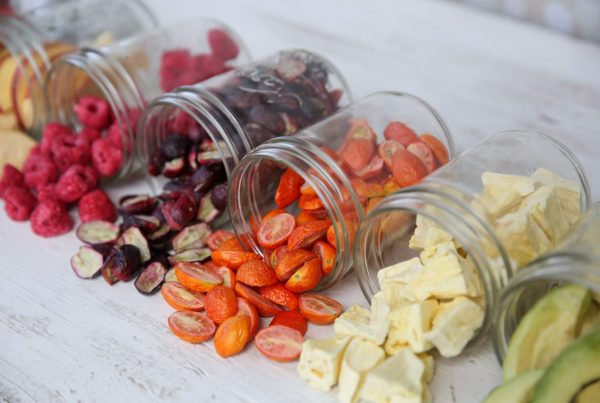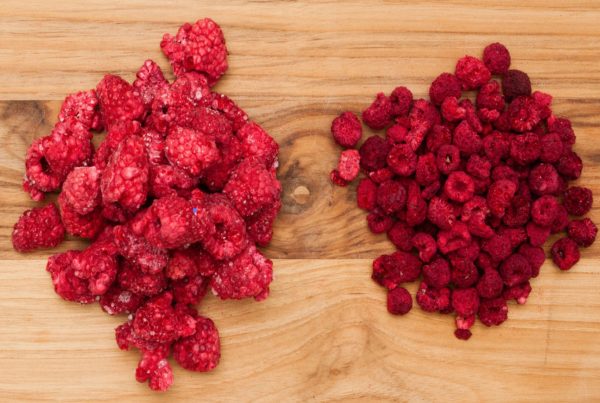Overview of freeze-drying technology
Freeze-drying, also known as lyophilization, is a cutting-edge food preservation technique that revolutionises how we store and consume food. This method involves freezing the food and then reducing the surrounding pressure to allow the water content to sublimate directly from a solid to a gas phase. The result is a product that retains its original structure and composition while boasting an impressive shelf-life.
Stages of lyophilization
The lyophilization process can be broken down into three primary stages: freezing, primary drying (sublimation), and secondary drying (desorption). Initially, the food is frozen, locking the nutrients and flavour in place. During the primary drying phase, the ice within the food sublimates under low pressure. The secondary drying phase eliminates any residual moisture, resulting in an entirely dry product.
Mechanism of dehydration
Dehydration in freeze-drying relies on the principle of sublimation. By creating a vacuum, the frozen water within the food transitions directly from solid ice to water vapour, bypassing the liquid phase. This process ensures that the cell structure and nutritional content of the food remain largely intact, unlike traditional dehydration methods that can cause nutrient loss and texture changes.
Advantages of preservation techniques
Freeze-drying offers several advantages over conventional methods of preservation. It significantly extends the shelf-life of foods without the need for refrigerants, making storage and transportation more convenient. Furthermore, freeze-dried foods are lightweight and easy to transport, a critical factor for space missions and emergency rations.
Vacuum application in freeze-drying
The application of a vacuum is crucial in the freeze-drying process. By reducing the atmospheric pressure surrounding the frozen food, the vacuum facilitates the sublimation of ice. This controlled environment ensures efficient moisture removal while retaining the food’s original properties.
Freezing methodologies
Proper freezing methodologies are fundamental to successful freeze-drying. Rapid freezing at low temperatures (-40°C or lower) is essential to form small ice crystals, which minimise cellular damage and help preserve texture and flavour. Slow freezing can lead to large ice crystals, which might damage the food structure.
Sublimation in the drying process
The sublimation phase is the backbone of freeze-drying. By maintaining the food at sub-dehydration temperatures and lowering the pressure, ice sublimates directly into vapour. This unique process is energy-efficient and preserves the food’s cellular integrity, taste, colour, and nutritional value.
Shelf-life enhancement
One of the standout benefits of freeze-drying is its ability to enhance shelf-life. By removing virtually all water content, the risk of microbial growth and spoilage is drastically reduced. Freeze-dried products can last years without refrigeration, ideal for long-term storage.
Nutritional retention
Freeze-drying is superior in preserving the nutritional content of food. Unlike high-heat dehydration methods that can degrade sensitive vitamins and minerals, the gentle freeze-drying process retains much of the food’s original nutritional profile, making it a preferred choice for health-conscious consumers.
Maintaining food texture
Texture preservation is another significant advantage of freeze-drying. By preventing the cellular damage often associated with other drying methods, freeze-drying ensures that foods rehydrate to their near-original state. This is particularly advantageous for maintaining the quality of fruits, vegetables, and even delicate herbs.
Overall, freeze-drying stands out as an advanced preservation method that effectively enhances shelf-life, retains nutritional value, and maintains food texture while providing practicality and convenience in storage and transportation.
Overall, freeze-drying stands out as an advanced preservation method that effectively enhances shelf-life, retains nutritional value, and maintains food texture while providing practicality and convenience in storage and transportation.



